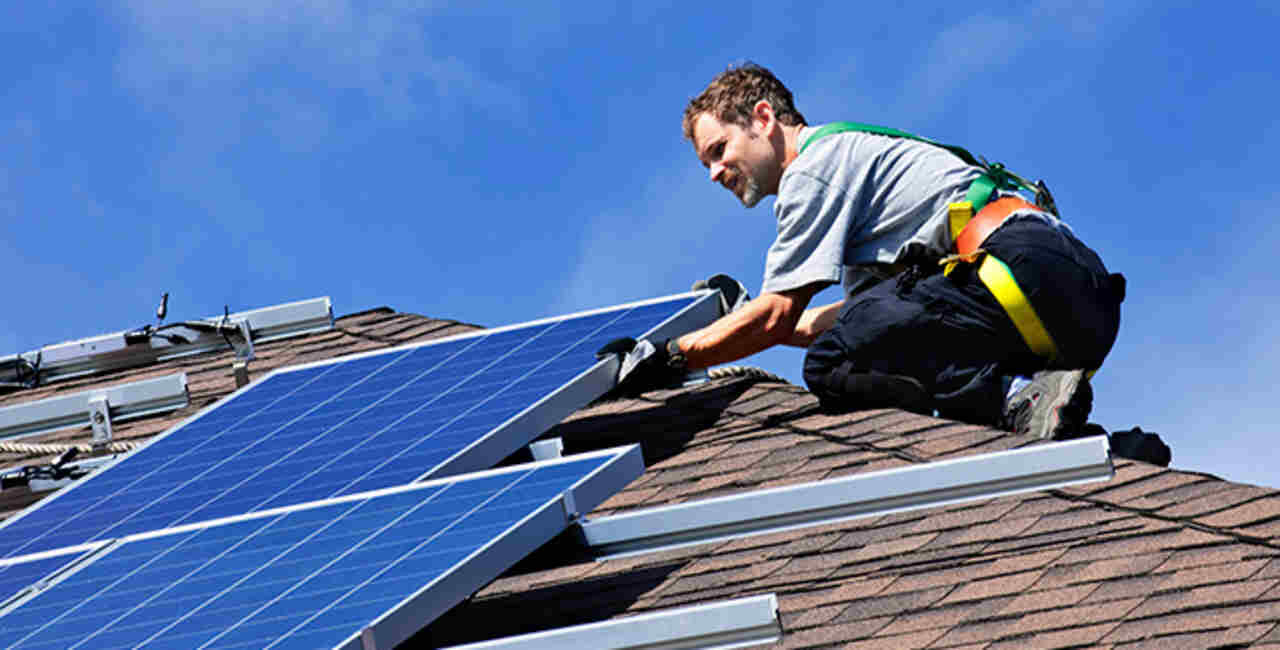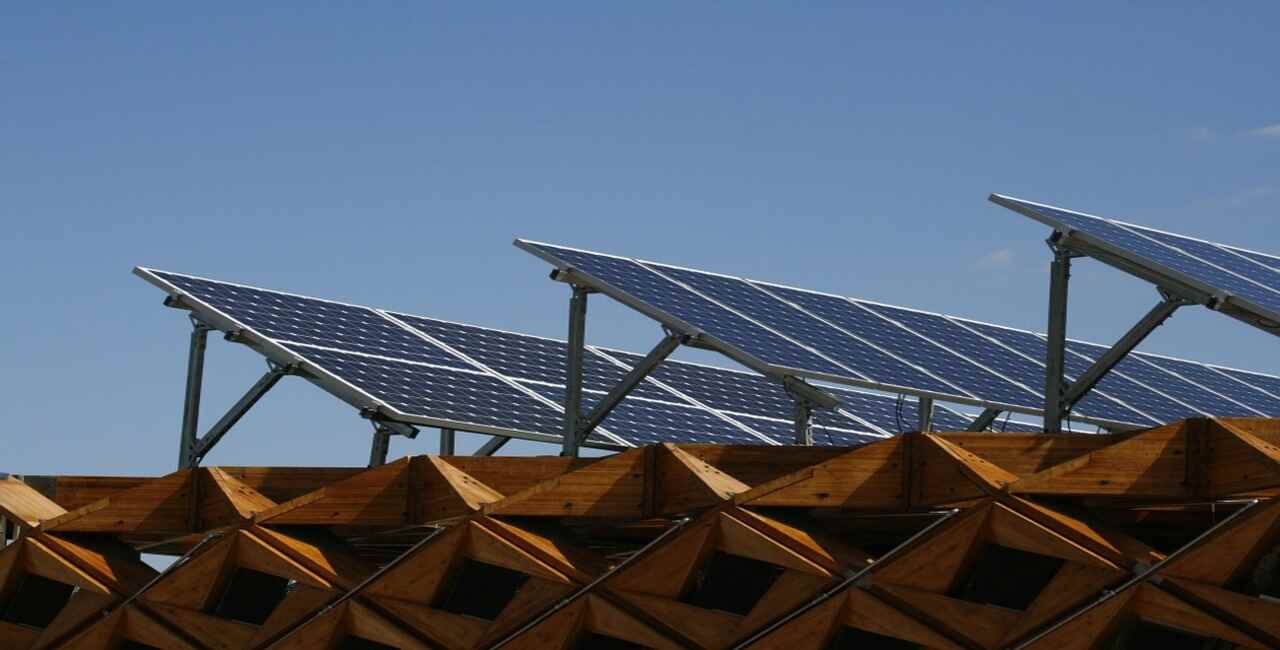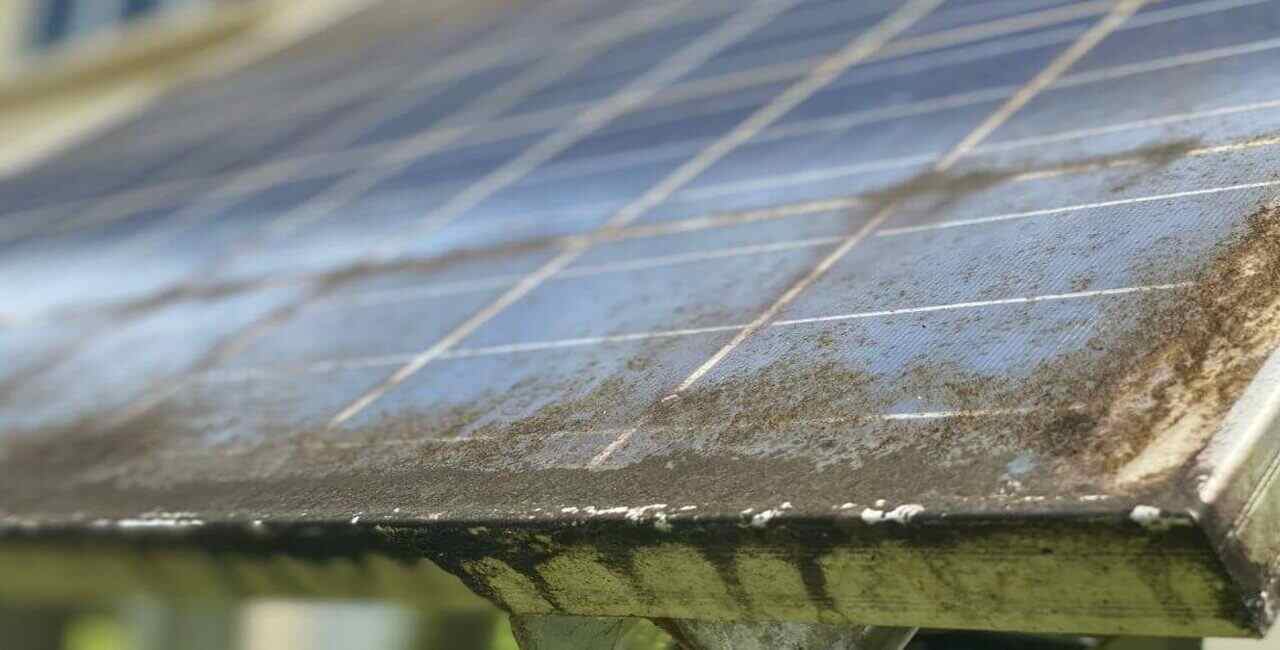Best Practices for Solar Panel Installation: Techniques to Ensure Long-Term Performance

Solar panel installation requires a sizable financial commitment for residential and commercial establishments. It is essential to adhere to best practices while doing the installation to maximise the advantages and guarantee long-term functioning. These recommended practices cover a variety of methods that advance the effectiveness, robustness, and security of solar panel systems.
We will look at the critical factors and methods in this article to assist you in getting the best performance and lifetime out of your solar panel installation. Each stage, from site assessment and design to mounting techniques and electrical connections, is crucial to the overall efficiency of your solar energy system.
You may reduce the probability of potential issues including shading, system inefficiencies, and early equipment failure by following these recommended practices. Furthermore, these recommendations will enable you to maximise your investment and contribute to a future that is cleaner and more sustainable.
This article will offer you helpful tips and ideas to guarantee the effective installation and operation of your solar panel system, whether you are a homeowner, a company owner, or an expert installer.
Let's explore the best practices for maximising the efficiency and durability of your solar panels.
Preparing the Installation Site for Optimal Performance
Preparing the installation site for optimal performance depends on the specific system or equipment you are installing. However, here are some general guidelines that can help ensure a smooth installation and optimal performance:
- Review the technical data about the equipment: Read the instructions and specifications for the equipment or system you are installing very carefully from the manufacturer. Recognize the prerequisites, suggested conditions, and any restrictions about the installation site.
- Make the area clear: Clear away any trash, obstacles, or other anything that could get in the way of the equipment's installation or use. To do this, the area must be cleared of any dust, grime, or other impurities that can impair performance.
- Make sure there is enough ventilation: Many systems need it to release heat produced during operation. For ventilation specifications, check the equipment's paperwork, and confirm that the installation location permits adequate airflow. Putting the equipment in confined areas or close to heat sources that might lead to overheating is not recommended.
- Supply stable power: Ensure that there is a steady and dependable power supply at the installation site. To safeguard the equipment from power fluctuations or outages that might impair its operation or harm it, think about utilizing surge protectors or uninterruptible power supply (UPS) systems.
- Examine the surroundings: Analyse the installation site's environmental conditions. Temperature, humidity, and noise levels are just a few variables that might affect how well an item works. Make sure the location complies with the manufacturer's suggested requirements.
- Examine structural support: Before installing any larger or heavier equipment, be sure the installation site has sufficient structural support. Verify that the floor or mounting surface is solid enough to support the weight of the apparatus and can support it without vibrating or moving, which might affect performance.
- Consider accessibility: Make sure the equipment is accessible for installation, upkeep, and repairs. Make sure that technicians have adequate room to operate comfortably around the equipment and that all essential connections, cables, and interfaces are accessible.
- Install adequate grounding: Enough grounding is necessary for electrical safety and to avoid problems like electrical interference or damage brought on by voltage swings. Follow the equipment's manufacturer's instructions for grounding, which may entail attaching it to a specific ground wire or grounding rod.
- Follow safety procedures: When getting ready for the installation location, follow safety procedures and laws, taking into account safety considerations. Utilizing the proper personal protective equipment (PPE), adhering to electrical safety laws, and obeying local construction codes and ordinances are all examples of safety considerations to keep in mind.
- Consult experts if necessary: Consider talking with experts or technicians skilled in installing and configuring such systems if you are unsure about any part of the installation or if the equipment is complicated or specialised.
Proper Mounting and Positioning of Solar Panels

When it comes to maximising the efficacy and efficiency of solar energy systems, proper mounting systems and positioning of solar panels are of the utmost significance. Sunlight may be captured more efficiently, producing more energy, by carefully positioning solar panels at advantageous angles and orientations.
Correct placement guarantees that solar panels receive the most sunshine possible throughout the day, reducing shade from surrounding buildings or plants. Along with remaining securely attached, the panels can survive adverse weather conditions including strong winds and heavy snow thanks to precise installation methods.
Solar panel owners may maximise energy output, improve system performance, and ultimately enjoy the long-term advantages of sustainable and clean energy production by placing a priority on correct mounting and placement. Here are the practices to consider:
- Site Analysis: Before installation, thoroughly analyse the site to ascertain the ideal positioning for solar panel installation. Think of things like space availability, tilt angle, orientation, and shading. It is best to choose a location that receives the most sunlight and the least amount of shade.
- Orientation: The optimum solar energy acquisition is achieved by positioning solar panels to face the true south (in the Northern Hemisphere) or true north (in the Southern Hemisphere). This positioning aids in giving panels the most exposure to sunlight possible throughout the day.
- Tilt Angle: Depending on the latitude of your location, the tilt angle of solar panels should be optimised. Adjust the tilt angle to the site's latitude for the best energy output. But if you choose a more specialised or artistic tilt angle, a compromise may be acceptable.
- Mitigation of Shading: Steer clear of shading wherever feasible. Solar panel performance may be greatly impacted by even little shadowing. Trim any trees or adjacent plants that could block the sun, and take into account how the day's shadow patterns will be affected by neighbouring buildings or structures.
- Mounting framework: Opt for a dependable, durable mounting framework that is suitable for your application. The solar panels' weight and wind loads should be supported by a mounting structure that is strong, weatherproof, and capable of withstanding such loads. For advice on the best mounting solution for your unique circumstances, speak with a seasoned installation.
- Regular Maintenance: Establish a regular maintenance routine to keep your solar panels clean and free from debris. Periodically check for any loose connections, damaged components, or signs of wear. Keeping the panels clean and well-maintained ensures optimal performance and longevity.
Ensuring Efficient Electrical Wiring and Connections
For several reasons, it is crucial to ensure efficient electrical wiring and connections while installing solar panels.
First off, effective wiring reduces energy losses when electricity is transferred from the solar panels to the electrical system. More of the solar energy produced may be successfully used by lowering these losses, maximising overall energy production, and improving system efficiency.
Second, precise connections guarantee the solar panel system's safe and dependable operation. Connections that are faulty or loose can cause electrical arcing, overheating, and even fire risks. The danger of electrical mishaps and the ensuing system and property damage is considerably decreased by keeping safe and well-insulated connections.
Finally, effective wiring makes troubleshooting and maintenance simpler since well-arranged and labelled connections make it simpler to spot and fix any problems.
To ensure efficient electrical wiring and connections for solar panel installation and achieve long-term performance, you can follow these guidelines:
- Plan the System Design: Carefully plan the system design before starting the installation procedure. Take into account elements like the configuration of the solar panel array, the separation between the panels and the inverter, the position of the combiner box, and the pathways used by the wires. A system with a good design will maximise energy output and reduce losses.
- Select Reliable and High-Quality Electrical Components: Make sure you choose high-quality and dependable electrical parts such as cables, connections, junction boxes, and inverters. Investing in high-quality parts promotes improved performance and lowers the likelihood of faults or breakdowns.
- Use the Correct Wire Gauge: Based on the distance between the solar panels and the inverter and the current carrying capabilities, choose the correct wire gauge. For recommendations on wire size, see the National Electrical Code (NEC) or local electrical codes.
- Minimise Wire Length: To minimise resistive losses, keep the wire lengths as brief as feasible. Greater resistance in longer cables might result in power loss and worse system performance. Place the other electrical parts, including the inverter, next to the solar panels.
- Improve Wire Path and Protection: Make sure the wire path is well-planned and shielded from environmental hazards and physical harm. Avoid tight bends, high stress, and exposure to high heat when routing the wires. Use raceways, wire trays, or conduits to shield the wires from danger.
- Secure and adequately Connect Wires: Ensure that all connections are adequately insulated and made securely. To make secure and dependable connections, use the proper connectors, terminal blocks, and crimping equipment. Wires that are loose or improperly connected can increase resistance, cause voltage dips, and pose a risk to your safety.
- Respect Electrical Codes and Standards: Adhere to the electrical rules and regulations that apply in your area. These laws offer instructions for installing solar panels securely and effectively. Make sure your installation complies with all regulations by familiarising yourself with the NEC or other pertinent codes.
Addressing Common Installation Challenges

Installing solar panels is an excellent way to harness clean, renewable energy and reduce reliance on traditional power sources. However, like any construction project, solar panel installation can present its fair share of challenges.
Addressing these challenges effectively is crucial to ensure a smooth and successful installation process. Here, we will discuss some common solar panel installation challenges and potential solutions to overcome them.
- Roof suitability:
Determining if the roof is appropriate for the installation of solar panels is one of the main obstacles. It is necessary to consider things like roof orientation, neighbouring trees or building shade, and structural soundness. A complete site evaluation has to be carried out before installation to remedy this. Solar installers who are qualified can determine whether a roof is suitable and suggest the optimal location for maximising sunshine exposure.
2. Roof condition:
Dealing with roof issues that can affect installation, such as ageing or broken roofs, is another concern. When this occurs, it could be required to replace or repair the roof before adding solar panels. The roof will be in the best possible shape to accommodate the solar panel system if you work with skilled solar installers who can communicate with roofing specialists.
3. Permitting and regulations:
It can be difficult and time-consuming to navigate the numerous permit procedures and follow local laws, especially when it comes to solar installations. Navigating local regulations, permits, inspections, and interconnection agreements are just a few of the procedures that vary between countries. Employing a reliable solar installation business that is aware of local laws might assist to speed up the procedure and guarantee adherence to all essential licences and requirements.
4. Electrical infrastructure:
Particularly in older homes or buildings, upgrading the electrical infrastructure to fit the solar panel system might be difficult. To manage the increased power produced by solar panels, it could be essential to modify the electrical panel or wiring. Working with certified solar installers and licenced electricians will guarantee that the electrical system is appropriately upgraded to accommodate the solar panel installation.
5. System maintenance and monitoring:
Maintenance and monitoring must continue after the solar panels are installed to guarantee their best performance. The effectiveness of the panel can be impacted over time by dust, dirt, and shadowing. To spot and quickly remedy any faults, routine cleaning and inspections are required. Many solar energy providers provide upkeep services, such as performance monitoring, to guarantee the system functions successfully and efficiently.
6. Financial considerations:
For many households or companies, the initial expense of installing solar panels might be a major obstacle. To help make solar more accessible, there are several financing alternatives, including solar loans, leases, and power purchase agreements (PPAs). Government rebates, tax credits, and incentives may also be accessible, which would lower total costs and hasten the return on investment.
Planning carefully, working with experts, and adhering to local laws are all necessary for overcoming these frequent problems.
The difficulties associated with installing solar panels may be successfully overcome by doing a complete evaluation, checking the compatibility of the roof, consulting with professionals, and utilising the available financial incentives. This will result in a successful and long-lasting renewable energy solution.
Conclusion
To capture clean and sustainable energy for long-term advantages, installing solar panels is an essential first step. Several recommended practices should be followed during the installation procedure to guarantee peak performance and lifespan.
First and foremost, careful planning and evaluation of the site are crucial, taking into account elements like solar exposure and structural soundness. For dependable and effective performance, it is also essential to use high-quality materials and adhere to industry requirements for equipment installation.
It is important to remember that proper wiring, grounding, and system upkeep all contribute to the overall security and durability of the solar panel system. To maximise energy output, it is advised that the panels be checked and cleaned often.
Finally, it is essential to work with experienced, licenced installers that follow industry best practices to ensure compliance with local laws and to qualify for warranties and support services. Solar panel installations may prosper by using these best practices, supplying clean energy and lessening our environmental effect for many years to come.

